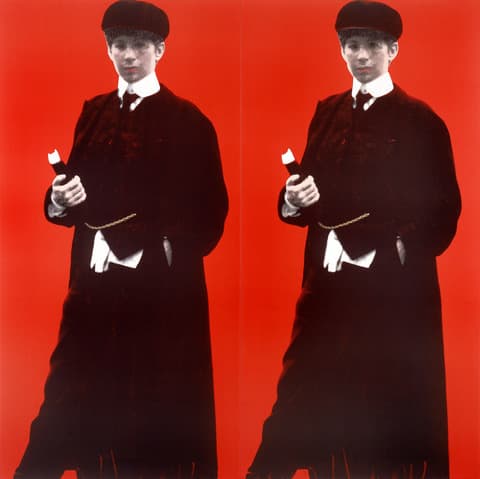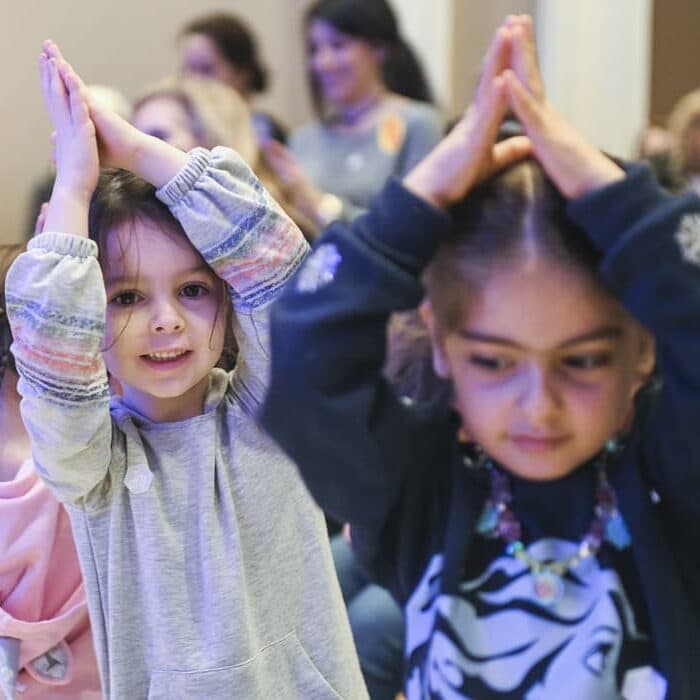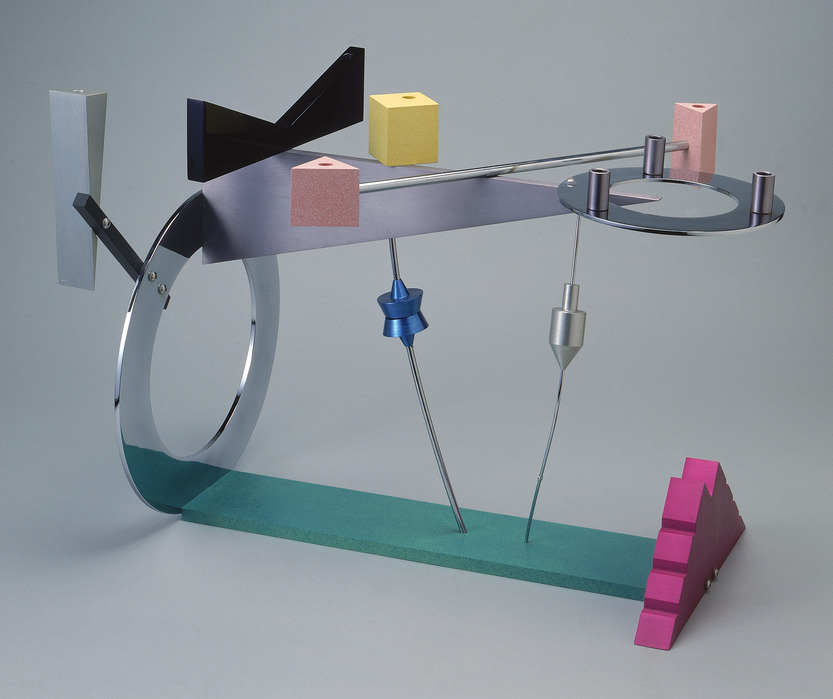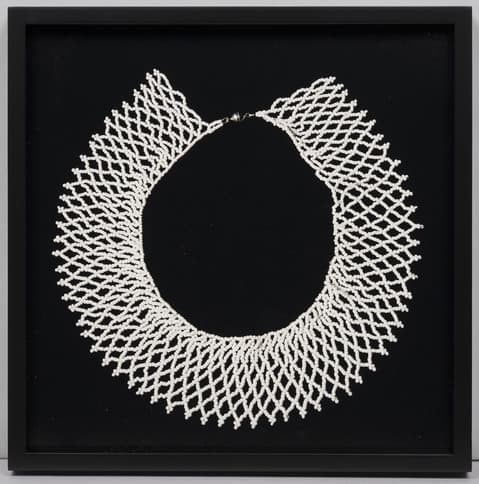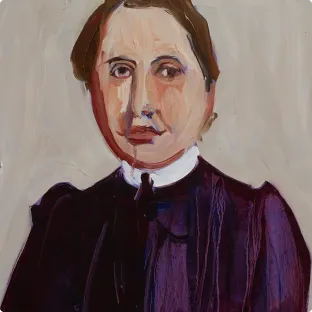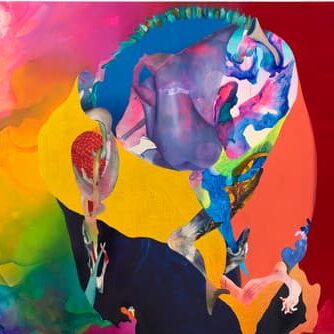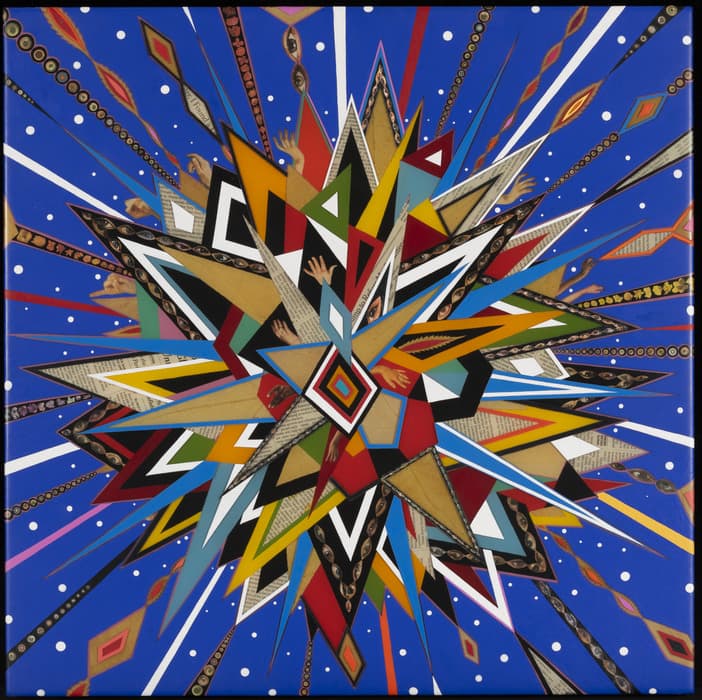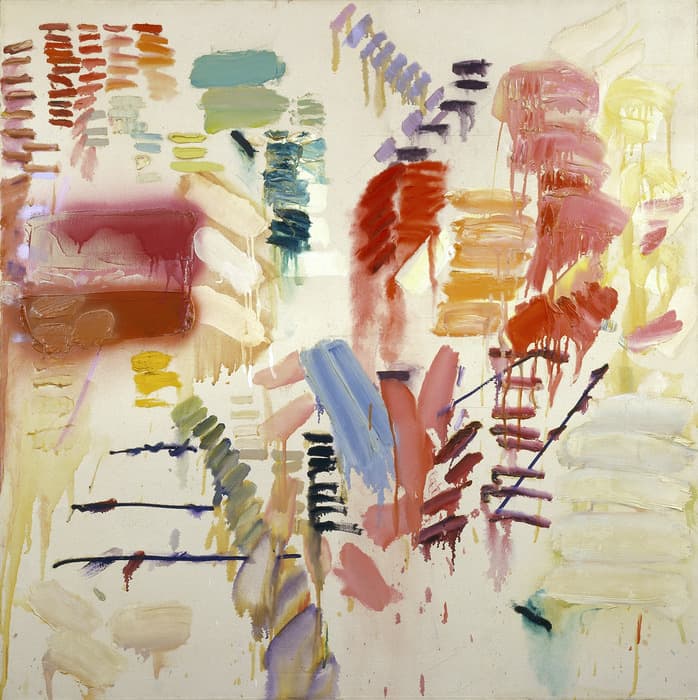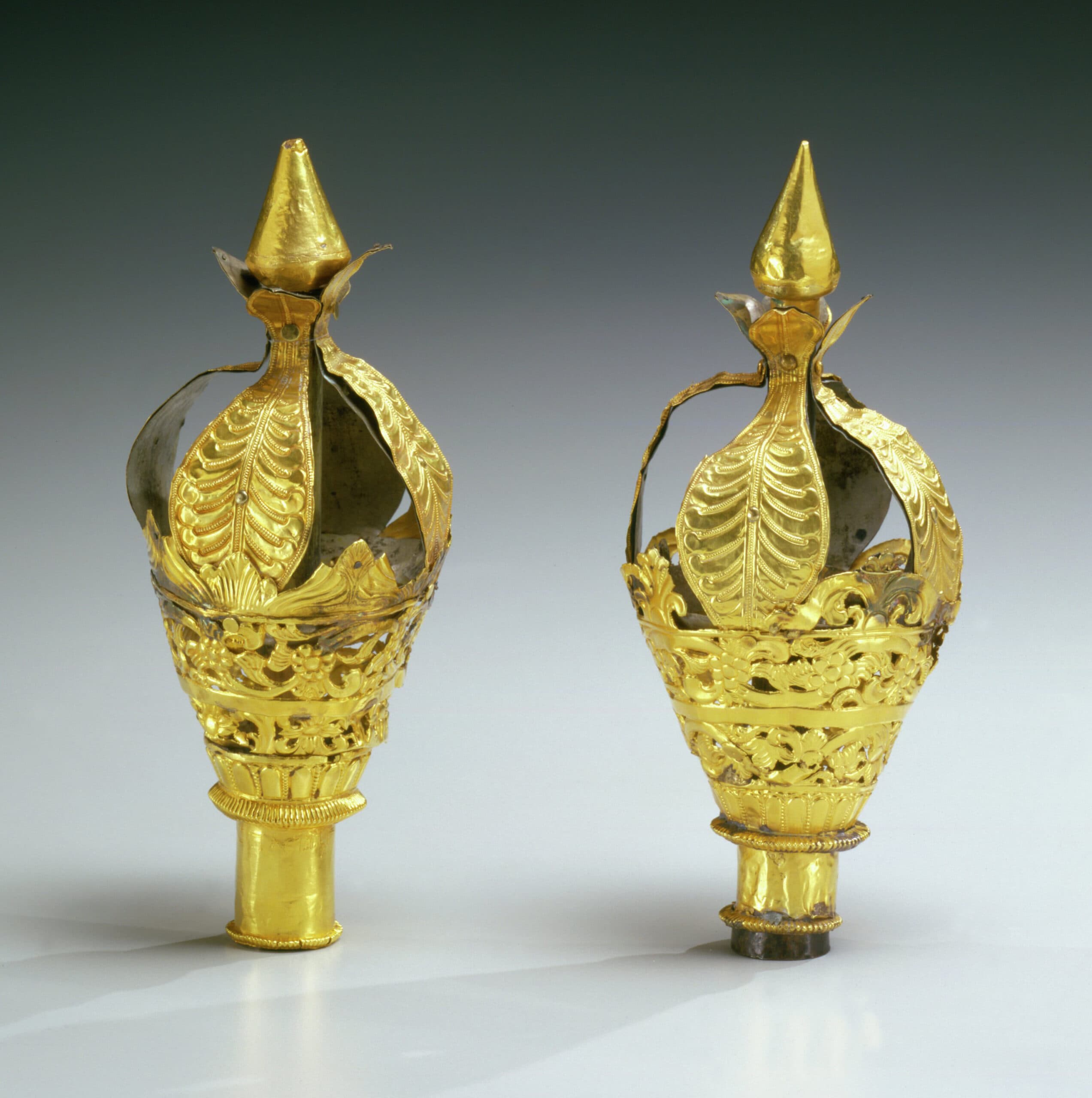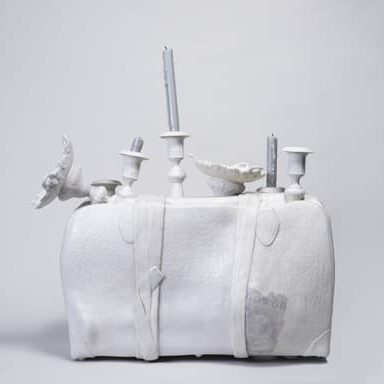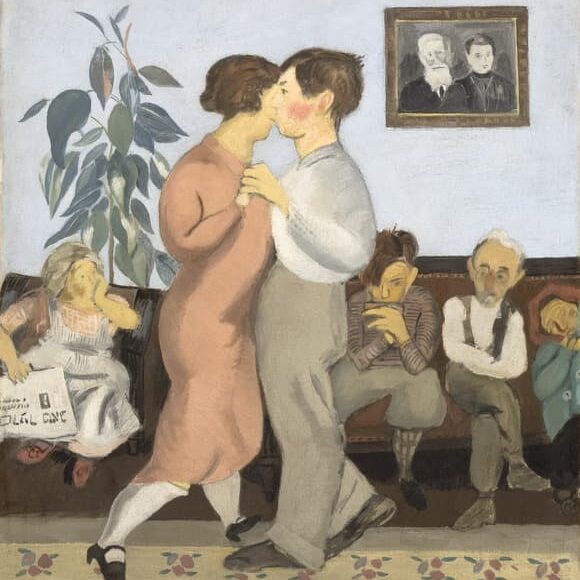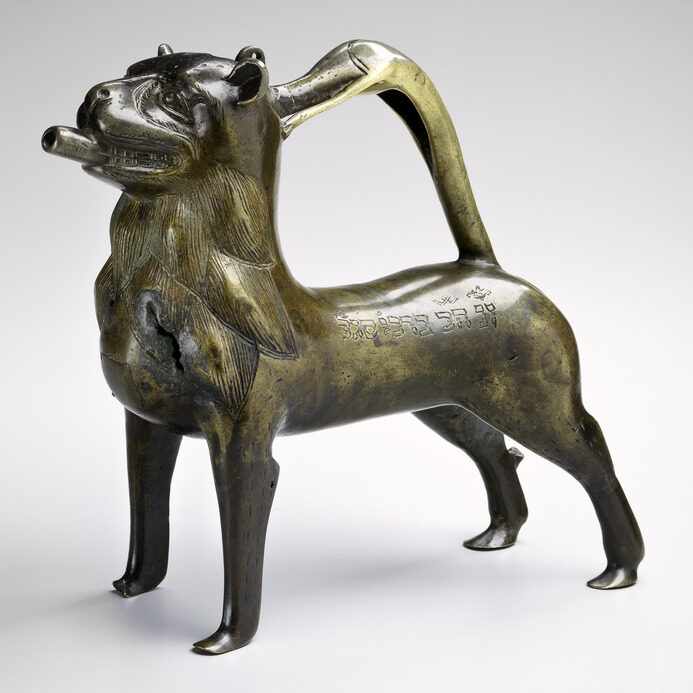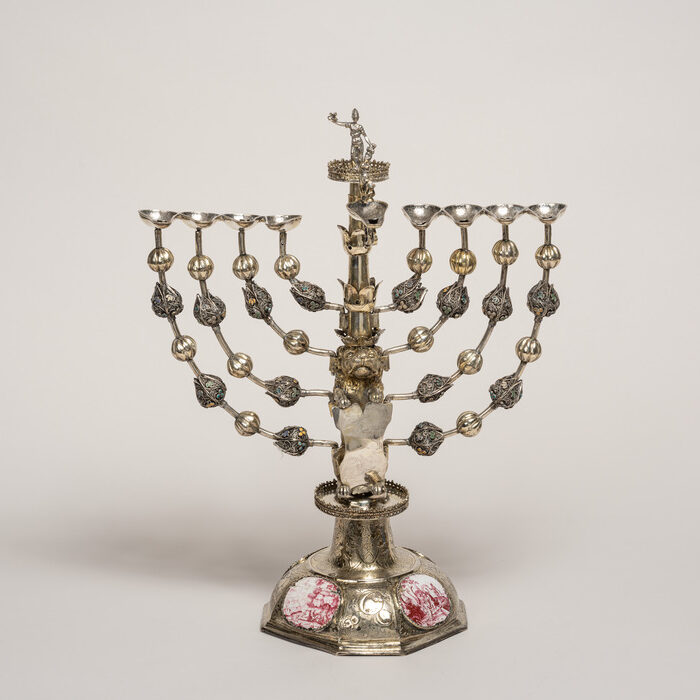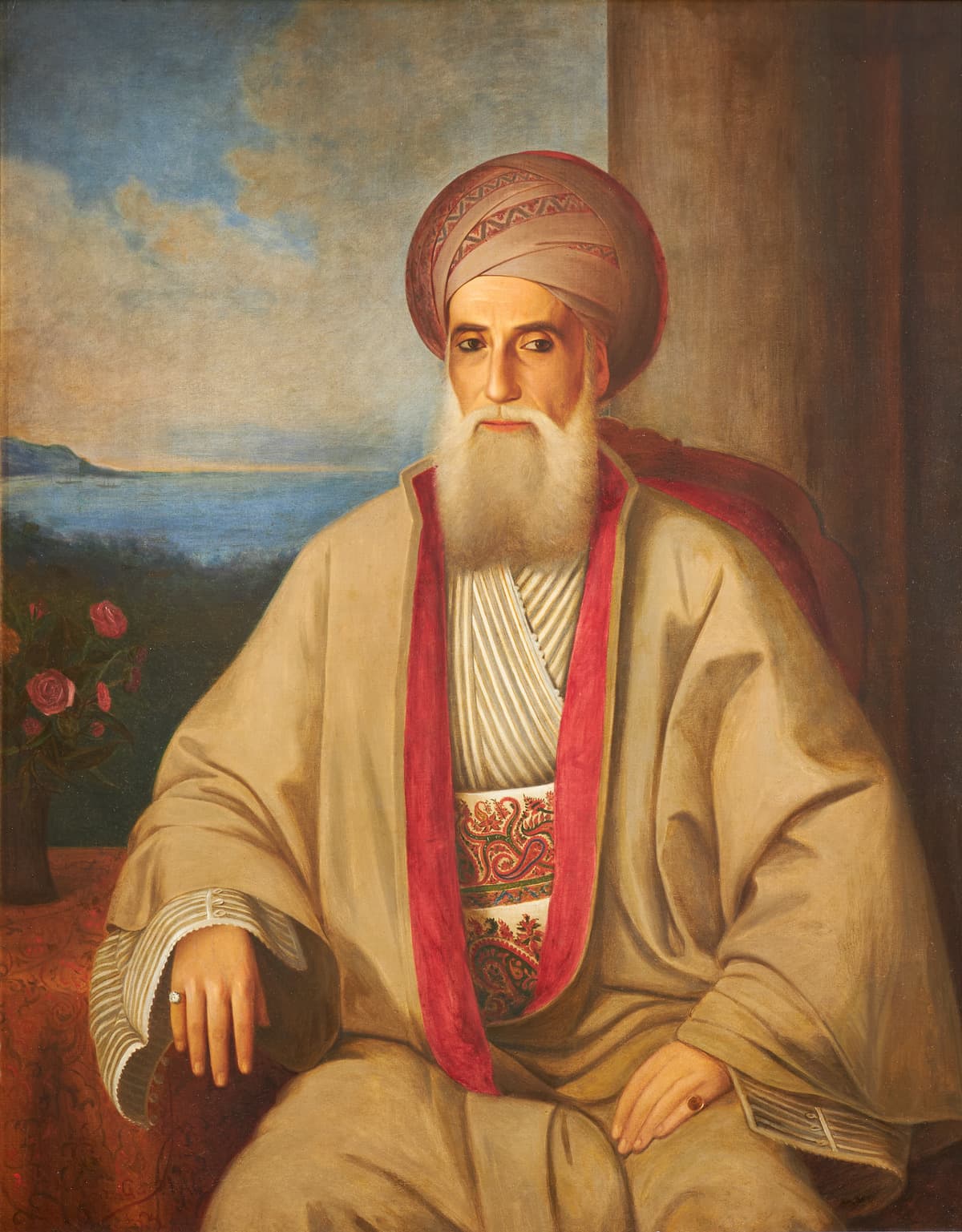
The Sassoons
March 3 through August 13, 2023
New York, NY, November 17, 2022 — The Jewish Museum will present The Sassoons, an exhibition that reveals the fascinating story of a remarkable Jewish family, highlighting their pioneering role in trade, art collecting, architectural patronage, and civic engagement from the early 19th century through World War II. On view from March 3 through August 13, 2023, the exhibition will follow four generations from Iraq to India, China, and England, featuring a rich selection of works collected by family members over time.
Over 120 works—paintings, Chinese art, illuminated manuscripts, and Judaica—amassed by Sassoon family members and borrowed from numerous private and public collections will be on view. Highlights include Hebrew manuscripts from as early as the 12th century, many lavishly decorated; Chinese art and ivory carvings; rare Jewish ceremonial art; and Western masterpieces including paintings by Thomas Gainsborough and Jean-Baptiste-Camille Corot, and magnificent portraits by John Singer Sargent of various Sassoon family members. The Sassoons will explore themes such as discrimination, diaspora, colonialism, global trade, and war that not only shaped the history of the family but continue to define our world today.
The exhibition narrative begins in the early 1830s when David Sassoon, the patriarch of the family, was forced to leave his native Baghdad due to the increasing persecution of the city’s Jewish population. Establishing himself in Mumbai (then Bombay) and initially involved in the cotton trade, his vision led the family from Iraq to India, China, and finally England where his descendants gradually settled over the decades. His activities soon grew to include the opium trade, which had escalated after the collapse of the East India Company in mid-19th century, ending its monopoly and allowing private companies to engage in this profitable enterprise. He aligned with and benefitted from British colonial interests soon extending his business to China and England by deploying his eight sons to oversee new branches in Shanghai, Hong Kong, and London.
Although less known, the Sassoon women were discerning collectors. The exhibition will pay special attention to these unsung patrons of art. Rachel Sassoon Beer became the first woman in Britain to edit two newspapers, The Sunday Times and The Observer, and played a crucial role reporting on the Dreyfus affair in Britain. Her painting collection, sold at auction in 1927, listed, among other great works, one drawing and 15 paintings by Corot, a Constable, and a Peter Paul Rubens. Of a younger generation, Hannah Gubbay, a Sassoon on both her father’s and her mother’s side, was a major collector of 18th century art, furniture, and porcelain, as was her cousin, Mozelle Sassoon.
The exhibition will also highlight the distinguished properties of the Sassoons in the United Kingdom. A Member of Parliament for the Conservative Party, Sir Philip Sassoon made active use of his three great residences, Park Lane (now destroyed) and Trent Park in London, and Port Lympne in Kent. Surrounded by landscaped gardens (in the case of Trent Park and Port Lympne) and filled with priceless works of art, all three were used by the government for high-profile cabinet meetings and receptions of foreign dignitaries and celebrities. Paintings of Port Lympne by Sir Winston Churchill, a frequent visitor, will be featured.
The last section of the exhibition will focus on the service of a younger generation of Sassoons in the First World War. Sir Victor Sassoon served in the Royal Flying Corps, barely surviving an airplane crash that left him permanently disabled. Sir Philip Sassoon, private secretary to Field Marshal Douglas Haig, recruited his artist friends including John Singer Sargent to cover the war, and several of these works will be on display. A very different war is experienced through the poetry of Siegfried Sassoon. Though a brave and much decorated soldier, his graphic and shocking portrayal of the trenches and fierce criticism of the establishment were emblematic of a generation scarred by war’s brutality. Some of the journals he wrote and illustrated during battle, including his famous anti-war statement, will be on view.
During the Second World War, some 18,000 Jewish refugees arrived in Shanghai fleeing Nazi Europe. They were able to survive the war thanks to the money raised by members of the Baghdadi Jewish community who resided in the city at the time. Prominent among them was Sir Victor Sassoon who donated considerable funds and placed several buildings at the disposal of the International Committee for European Immigrants.
Numerous private and public collections will be contributing loans to the exhibition including His Majesty King Charles III, the British Museum, the National Gallery of London, the National Trust of Britain, the Tate, the Victoria & Albert Museum, the British Library, the Houghton Hall Collection, the Cambridge University Library, the Fitzwilliam Museum, the National Gallery of Ireland, the Israel Museum, the Metropolitan Museum of Art, the Museum of Fine Arts Boston, the Cleveland Museum of Art, and the Yale Center for British Art.
The Sassoons is organized by Claudia Nahson, Morris and Eva Feld Senior Curator at the Jewish Museum, New York, and Esther da Costa Meyer, Professor Emerita at Princeton University. The exhibition design is by Leslie Gill and Adam Johnston, Leslie Gill Architect; graphic design by Miko McGinty.
Catalogue
The accompanying richly illustrated catalogue with essays by the exhibition curators, published by the Jewish Museum and Yale University Press, will be available worldwide and from the Jewish Museum Shop.
Programs
Programs in conjunction with The Sassoons will include a series of lectures, conversation, performances, and virtual courses inspired by the exhibition.
Audio Tour
Accompanying the exhibition is an audio tour available within the Jewish Museum’s digital guide on Bloomberg Connects, the free arts and culture app. Bloomberg Connects is accessible for either onsite or offsite visits and can be downloaded to any mobile device. Download the free app.
Support
The Sassoons is made possible by The Achelis and Bodman Foundation; an Anonymous donor; The David Berg Foundation; The Starr Foundation; the E. Rhodes and Leona B. Carpenter Foundation; the National Endowment for the Arts; Barbara Tober, The Acronym Fund; The Gladys Krieble Delmas Foundation; David Keidan; the Oded Halahmy Foundation for the Arts; The Nancy Sidewater Foundation; Sharon Wolfe and Meir Rotenberg; Dr. Harriette Kaley; and Christopher Tsai and André Stockamp.
Additional support is provided by the Horace W. Goldsmith Exhibitions Endowment Fund; The Joan Rosenbaum Exhibitions Endowment; and The Centennial Fund.
The publication is made possible, in part, by Denise Littlefield Sobel, the Arthur F. and Alice E. Adams Charitable Foundation, and the Barr Ferree Publication Fund at Princeton University, and the Dorot Foundation.
Digital guide supported by Bloomberg Connects.
Press contacts
Anne Scher, [email protected]
Daniela Stigh, [email protected]
General press inquiries, [email protected] or 212.423.3271

